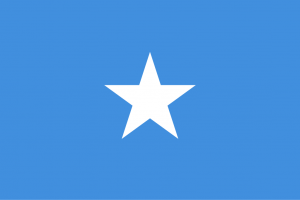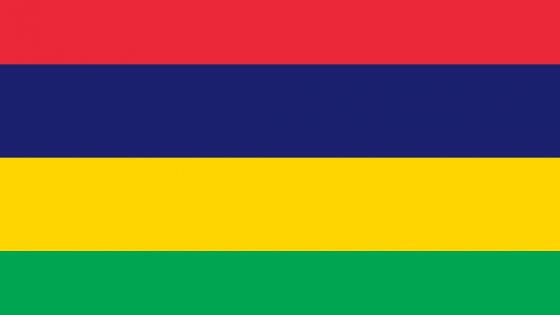
Mauritius, an island nation in the Indian Ocean, is celebrated for its pristine beaches, multicultural heritage, volcanic landscapes, and economic stability. Beyond being a luxury destination, it’s also a story of unity in diversity, where people of Indian, African, European, and Chinese descent live together in remarkable harmony.
Mauritius is more than just a tropical paradise—it’s a melting pot of cultures, a model of peace and coexistence, and a showcase of natural beauty. Whether you’re drawn to its beaches, intrigued by its unique culture, or simply seeking tranquility, Mauritius offers an experience that’s both luxurious and enriching.

